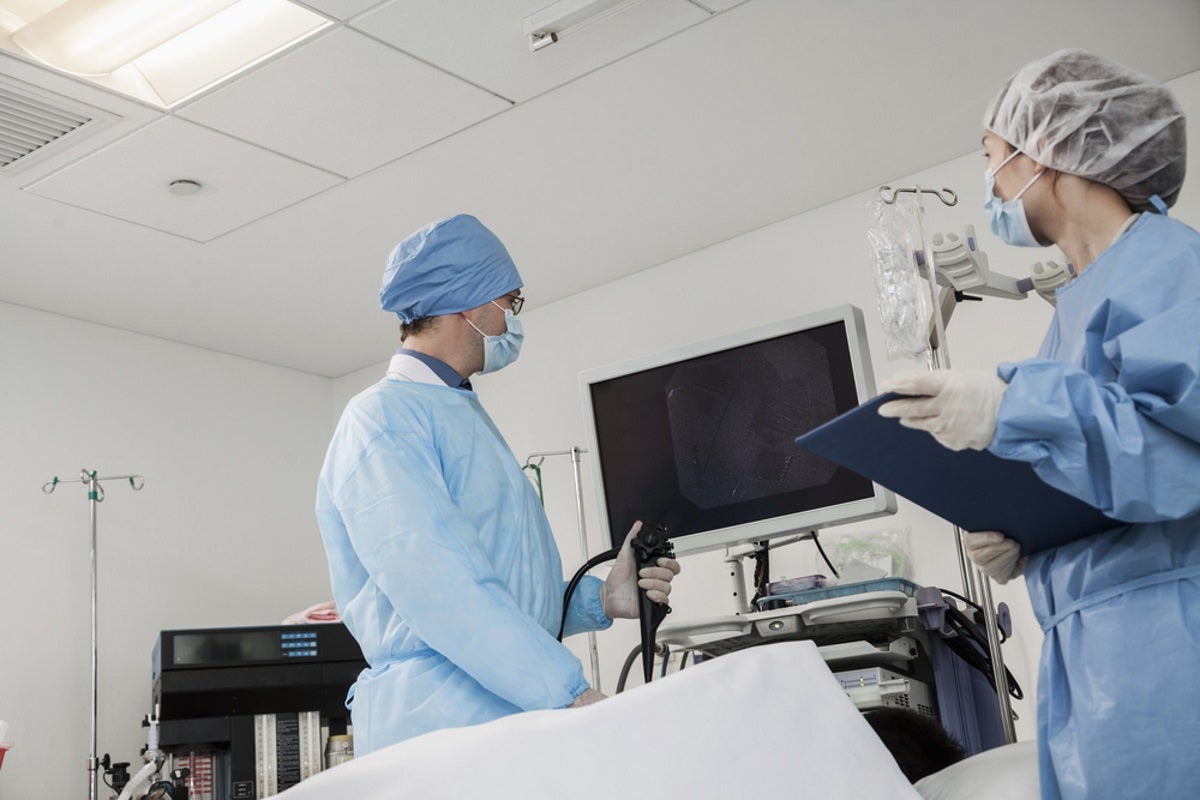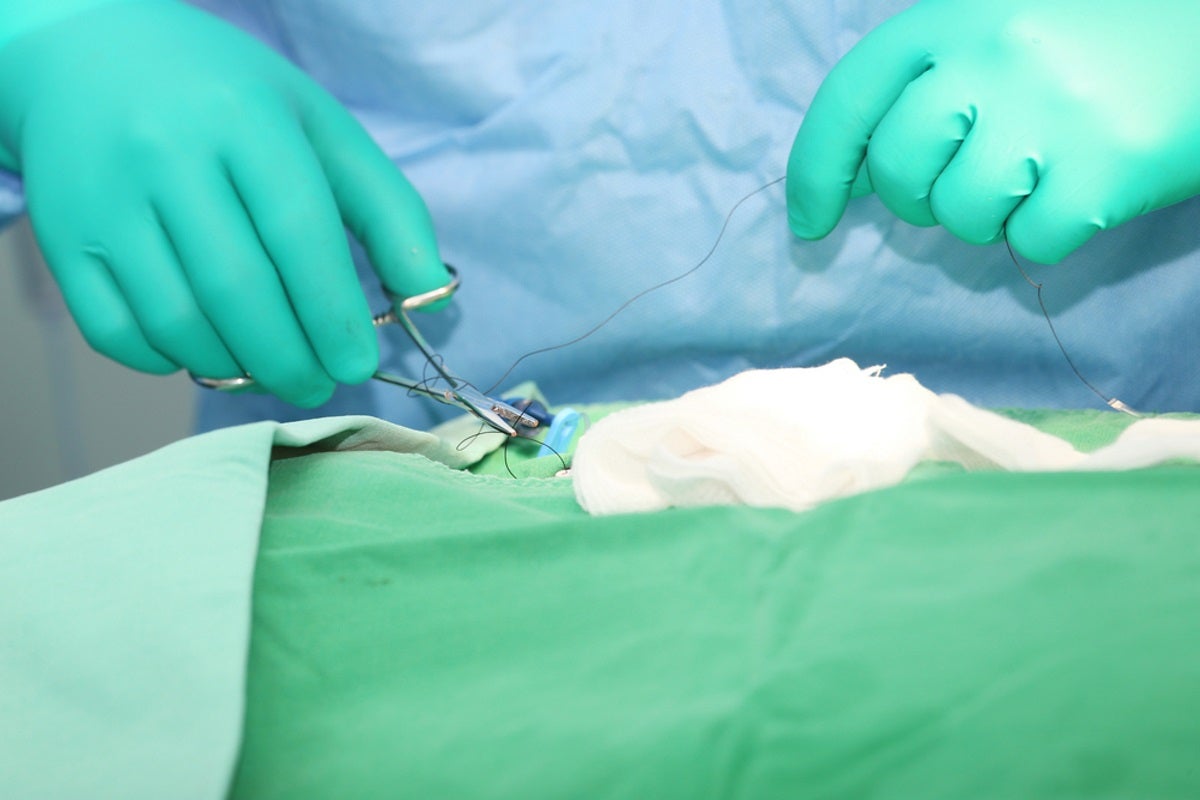Many Benefits with a Single Site Hysterectomy
It used to be that hysterectomies involved a major incision and weeks of recovery. But that has changed in a big way. Now, computerized robotic arms are turning this common surgery into a much easier process. Martha O’Neil needed a full hysterectomy, but was back on her feet just days after the surgery thanks to a new procedure called single site hysterectomy.
Nancy Rector-Finney, MD, Four Seasons OB/GYN in San Antonio told Ivanhoe, “It’s revolutionized hysterectomies.”
“It” is a robot called da Vinci and it can assist a doctor performing a hysterectomy through a four centimeter incision in the belly button. The single site in the belly button is the entry port for the tiny robotic arms that do the intricate cuts and sutures doctors once did internally through a large incision across the abdomen.
“We separate all the structures that are holding it in place, and the blood supply, and then we cut it. This way we’re able to do the whole hysterectomy through that two centimeter incision. It’s pretty incredible,” Dr. Rector-Finney explained. The procedure has many benefits, like less chance of infection and a much quicker recovery time. However, single site doesn’t work for every woman.
Dr. Rector-Finney told Ivanhoe, “You have to have a uterus a certain size and you have to make sure there’s not a lot of scar tissue from previous surgeries, because you’re limited on how the instruments can be used in order to get the uterus out.”
Another big benefit of single site is virtually no scarring. O’Neil explained, “It looks like an eyelash scar. You can barely even see the scar.” A surgery that used to be so involved is now getting women back to their busy lives in no time at all.
Doctors say the average patient can usually go back to work in just a couple of weeks after the procedure, and the amount of pain medication needed is much less than previous methods required. It is considered an out-patient surgery.
BACKGROUND: A hysterectomy is a surgical way to remove a woman’s uterus. It is the most common type of surgery for women in the US with an estimated 600,000 performed every year. During a hysterectomy procedure, the entire uterus is removed, preventing any future pregnancies. Depending on the reason for the surgery, ovaries or fallopian tubes are also removed; however, most doctors are not able to tell if the reproductive system is abnormal until the surgery has begun. There are three types of ways a hysterectomy can be done: vaginally, abdominally, or laparoscopically. The reason for surgery usually determines the type of entry the doctor will take during the procedure.
COMMON REASONS FOR SURGERY: Though some women choose to have elective hysterectomies, there are several medical reasons for a woman to undergo the procedure:
Uterine Fibroids: Also called leiomyomas, these growths are the most common reason for hysterectomy surgery. The tumors are benign but can cause bleeding and severe pain in the uterus.
Cancer: In some cases of cervical, uterine or ovarian cancer, a hysterectomy can assist radiation and chemotherapy in the treatment of the cancer. In addition, some women who are at risk for cancer elect to have the surgery to prevent cancer.
Endometriosis: This condition occurs when the lining that is normally found in the uterus is found on the outside, usually on the ovaries or fallopian tubes. It can be a very painful ailment for women, especially between periods.
NEW TECHNOLOGY: In 2013, studies found that the least used entry method for hysterectomies was abdominally. Doctors found this approach to be too costly, invasive and it had the highest risk of complications after surgery. The laparoscopic approach is the most favored by doctors due to its less invasive approach, using robotic assistance. A high-tech machine called da Vinci has made it easier for doctors to perform hysterectomies. This machine, guided by a doctor, goes through a single site in the bellybutton which is the entry port for the robot to perform the hysterectomy. This incision is about two centimeters long and doctors are able to perform hysterectomies with less chance of infection, and patients can go home the same day. With many traditional hysterectomies there are three or four abdominal incisions and patients have a much longer recovery period.
Story originally found on abc30.com: Single Site Hysterectomy







